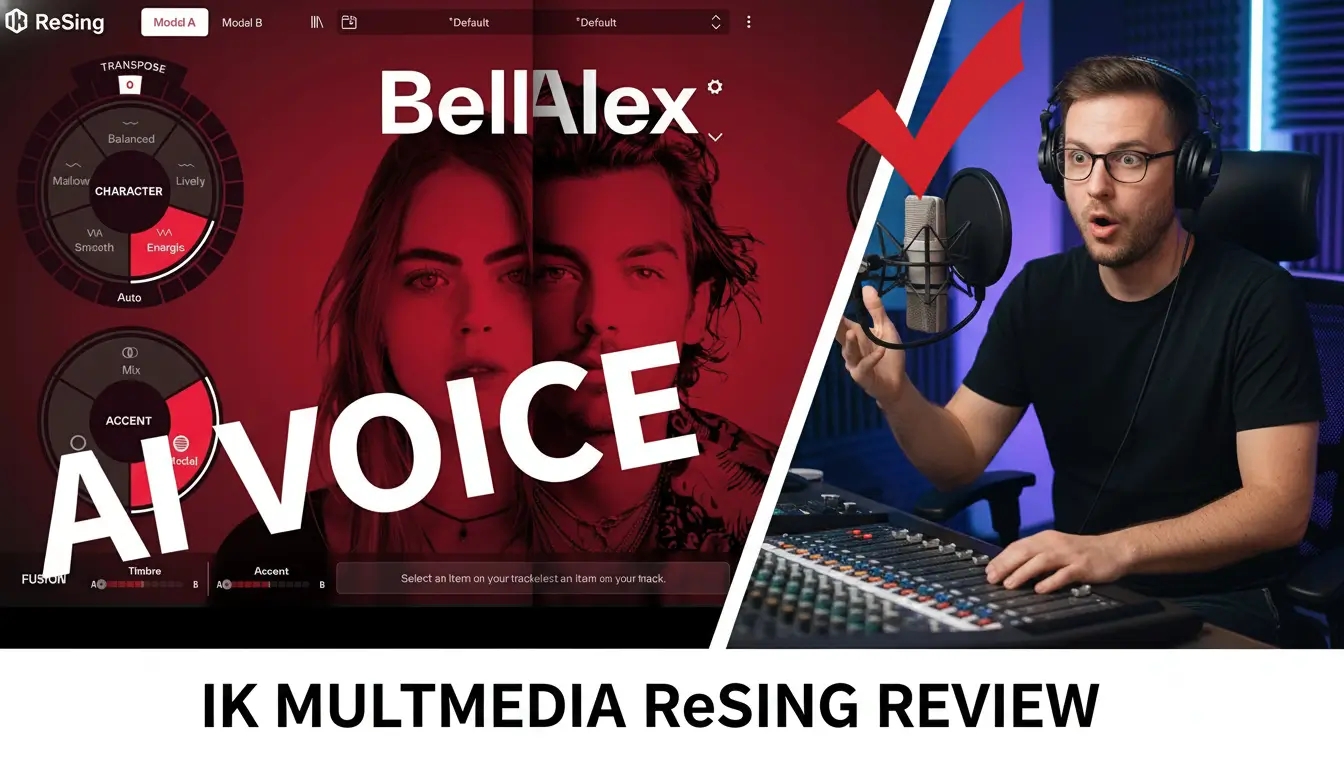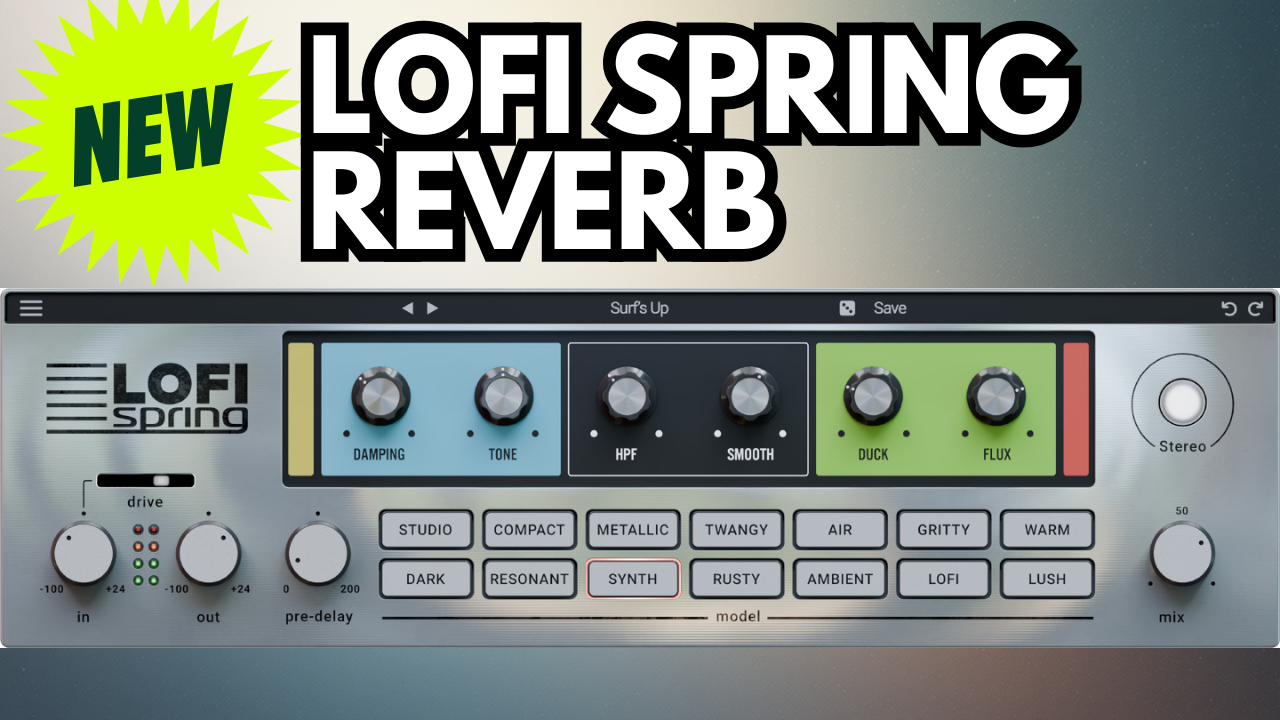Niche blogging is all about becoming an expert in a specific area. Rather than talking about everything under the sun, you zero in on one subject and go deep. This could be anything from vegan cooking to vintage car restoration. The goal is to build a dedicated community that shares your passion.
The beauty of niche blogging is that it sets you apart. Instead of competing with everyone, you’re cornering a specific market that’s often overlooked. Imagine being the go-to person for tips on urban gardening or obscure 90s video games. The right niche can make you the big fish in a small pond.
It’s important to realize niche blogging isn’t just a narrower version of general blogging. While it requires focusing on one subject, it also calls for a deeper knowledge base and a more targeted audience. You need to offer value that general blogs can’t — something unique and insightful that keeps readers coming back.
Finding your niche might seem overwhelming, but think about your passions. What can you talk about for hours without getting bored? What do you know so well that others come to you for advice on it? Identifying a niche that aligns with your interests ensures you’ll stay motivated and committed.
Trust in the process. By choosing a niche and sticking with it, you’ll naturally attract a loyal and engaged audience. People appreciate depth over breadth. When they see that you’re deeply knowledgeable about a topic they care about, they’re more likely to become regular readers and, eventually, fans.
1. Finding Your Perfect Niche

To discover your perfect niche, start with your passions and interests. Think about what you enjoy talking about, reading, or doing in your spare time. This way, you’re more likely to stick with it long-term. Passion drives consistency, which is key for successful blogging.
Next, research profitable niches. It’s great to be passionate, but it’s also important to see if there’s a market for your content. Use tools like Google Trends, keyword planners, or even social media trends. Look at how various topics are performing and how much interest they generate.
Evaluate the competition. While a little competition can be good, too much can make it tough to stand out. Check out other blogs in your potential niches. Analyze their content, style, and audience engagement. Can you offer something different or perhaps fill in the gaps they leave?
Audience demand is crucial. Look for forums, social media groups, and other online communities related to your potential niches. See what questions people are asking and what problems they need solving. This insight can guide your content creation and ensure you’re meeting real needs.
Sometimes, it helps to combine niches. If you have two interests, see if they can work together. For instance, if you love fitness and cooking, a blog about healthy meal prep for fitness enthusiasts could be unique and appealing.
Lastly, be prepared to pivot. Your first choice might not always work out, and that’s okay. Pay attention to feedback and be adaptable. Sometimes, shifting slightly can lead to a more profitable and enjoyable blogging experience.
2. Creating High-Quality, People-First Content

Understanding your audience’s needs is critical. Start by getting to know them, whether through surveys, comment sections, or social media interactions. What questions do they have? What problems need solving? This insight shapes content that resonates deeply.
Crafting well-researched, original content is non-negotiable. Dive into reputable sources, studies, or expert opinions before putting pen to paper (or fingers to keyboard). Originality distinguishes your blog from others, making it a unique destination for information and insights.
Personal experience adds flavor and credibility to your writing. Share anecdotes, case studies, or lessons learned. This personal touch helps readers relate to you and trust your advice. Expertise isn’t just about formal qualifications; it’s about lived experiences too.
Narrative flow and structure matter a lot. Readers should find your content easy to follow. Use clear headings, bullet points, and short paragraphs to break up text. A well-organized article keeps readers engaged from start to finish.
Visuals make a big difference. Incorporate images, infographics, or videos to complement your text. Visual elements can explain complex ideas more clearly and make your posts more engaging.
Consistency in your voice and style builds a loyal following. Be yourself. Authenticity attracts readers who appreciate your unique perspective. Your tone, humor, and personality should shine through in every post.
Lastly, encourage interaction. Invite readers to comment, share their thoughts, or ask questions. This makes your blog more of a community than just a one-way information highway. Engaged readers are more likely to return and recommend your blog to others.
3. Building E-E-A-T in Your Blog
Showcasing your experience and credentials boosts your blog’s credibility. Highlight your background, relevant qualifications, and practical expertise. Whether it’s a bio section or a dedicated ‘About Me’ page, let your readers know why they should trust your insights.
E-E-A-T = Expertise, Authoritativeness, Trustworthiness and Experience.
Citing reputable sources adds another layer of trust. Whenever making claims or presenting data, reference reliable sources like academic journals, industry reports, or expert opinions. This demonstrates that your content is backed by verified information.
Transparency and honesty foster trust with your readers. If you’re sharing an opinion, make that clear. If you’re reviewing a product, disclose any affiliations or sponsorships. Readers appreciate honesty and are more likely to trust someone who is upfront about their intentions.
Encourage user-generated content such as testimonials, guest posts, or reader feedback. These add credibility to your blog by showing that others value and engage with your content. It also builds a sense of community around your blog.
Maintaining a polished, professional website boosts authoritativeness too. Ensure your blog is visually appealing, easy to navigate, and free of errors. A professional appearance reflects well on your content and increases readers’ trust.
Regularly updating your content shows dedication to providing the most accurate and up-to-date information. Outdated info can hurt your credibility, so periodically review and refresh your articles. This ongoing effort helps you stay relevant and reliable.
Engaging with your readers in the comments section or via social media builds relationships and trust. Respond thoughtfully to questions or feedback, showing that you value their input. This interaction makes your blog a trusted resource and community hub.
4. SEO Best Practices for Niche Blogging

Keyword research is the backbone of SEO. Start by identifying relevant keywords that your potential audience is searching for. Use tools like Google’s Keyword Planner, Ahrefs, or SEMrush to discover high-volume and low-competition keywords that fit your niche.
Once you have your keywords, use them wisely. Integrate them naturally into your content, including headings, subheadings, and throughout the body. Avoid keyword stuffing, which can make your content sound forced and could hurt your rankings.
On-page SEO techniques enhance your content’s visibility. This includes optimizing meta tags, such as title tags and meta descriptions, using alt text for images, and ensuring your content is well-structured with proper headings and bullet points. Internal linking to other relevant content on your blog also boosts SEO.
Building backlinks is crucial for domain authority. Reach out to other bloggers, websites, or online publications within your niche for guest posting opportunities or link exchanges. The more high-quality backlinks you have, the higher your authority in the eyes of search engines.
Mobile optimization is often overlooked but incredibly important. Ensure your blog is mobile-friendly since a significant portion of users access content via smartphones. A responsive design can improve user experience and significantly enhance your SEO.
The speed of your website impacts both user experience and SEO. Use tools like Google PageSpeed Insights to analyze and optimize your blog’s loading times. Fast-loading pages are preferred by search engines and provide a better experience for your visitors.
User engagement metrics like time on page, bounce rate, and click-through rate are indirect SEO factors. Crafting engaging content that keeps readers on your page longer can positively affect these metrics, signaling to search engines that your content is valuable.
5. Monetizing Your Niche Blog
Explore multiple revenue streams to maximize your earnings. Ad revenue and affiliate marketing are popular options. Sign up for Google AdSense or similar ad networks to place ads on your blog. For affiliate marketing, join programs related to your niche and promote products or services. You earn commissions for every sale made through your referral links.
Check Out: Wealthy Affiliate For Bloggers – A Platform You Will Love
Sponsored content and partnerships are another way to monetize. Brands often seek blogs with engaged audiences to promote their products. Reach out to companies within your niche or respond to sponsorship inquiries. Ensure that the products or services you promote align with your audience’s interests and needs to maintain trust.
Offering premium content or products can be very profitable. Create eBooks, online courses, or exclusive articles behind a paywall. Platforms like Patreon or Substack offer easy ways to make your premium content accessible. This approach works well if you have built a loyal audience willing to pay for additional value.
Don’t forget to leverage email marketing. Build a mailing list and periodically send newsletters with valuable content, special offers, or product recommendations. Email marketing allows for direct communication with your audience and can drive additional revenue through sales and promotions.
Utilize social media for monetization. Platforms like YouTube, Instagram, or TikTok offer monetization options such as sponsored posts, ad revenue, and fan donations. Integrating your blog with these platforms can diversify your income streams and increase your blog’s reach.
Offering consulting or coaching services capitalizes on your expertise. Whether it’s one-on-one coaching sessions, workshops, or webinars, selling your time and knowledge can be a lucrative option. This also strengthens your authority within your niche and deepens your connection with your audience.
6. Growing Your Blog’s Audience
Leveraging social media platforms is crucial for expanding your reach. Share your blog posts on Facebook, Twitter, Instagram, and Pinterest. Create engaging content specifically tailored for each platform, considering the unique audience and format of each. Use hashtags and participate in relevant discussions to increase visibility.
Engage actively with your audience. Respond to comments on your blog and social media, answer questions, and encourage discussions. This builds a sense of community and makes readers feel valued, increasing their likelihood to return and share your content.
Collaborating with other bloggers and influencers can boost your exposure. Guest posting on other blogs, co-hosting webinars, or participating in podcast interviews can introduce you to new audiences. Choose collaborators whose audiences would be genuinely interested in your niche.
Utilize email marketing to keep your audience engaged. Regularly send out newsletters with exclusive content, updates, and personalized messages. Offer incentives for signing up, such as a free eBook, to grow your email list. A well-maintained email list keeps your audience connected and drives traffic to your blog.
Implement SEO strategies to improve your visibility on search engines. Optimizing your content for relevant keywords, earning backlinks, and maintaining a responsive website all contribute to better search engine rankings. This brings in organic traffic, which is valuable and more likely to convert into loyal readers.
Participate in online communities and forums related to your niche. Share your expertise, offer valuable insights, and subtly introduce your blog when relevant. Being an active member in these communities can drive targeted traffic to your blog and establish you as a trusted voice in your niche.
Hosting giveaways or contests can attract new readers and engage your existing audience. Partner with brands for prizes or offer your own products. Promote these events across your social media channels and blog, encouraging participants to share with their networks for wider reach.
7. Analyzing and Adjusting Your Strategy

Using analytics to track performance is vital for growth. Tools like Google Analytics or the analytics feature in your blogging platform can provide insights into your blog’s traffic, popular content, and audience behavior. Regularly review these metrics to understand what’s working and what’s not.
Identifying successful content and patterns will guide your future posts. Look at which articles are getting the most views, shares, and comments. Analyze the keywords, topics, and formats of your best-performing content. This helps you create more of what your audience loves.
Experiment with different content styles and formats. Trying out new types of content, such as videos, infographics, or interactive polls, can reveal what resonates most with your audience. This diversity keeps your blog fresh and engaging.
Don’t shy away from making data-driven adjustments to your strategy. If a particular type of content isn’t performing well, tweak it or try something new. Being flexible and open to change based on your analytics helps you stay relevant and keep your audience interested.
Regularly updating and refreshing old content ensures it remains relevant and continues to attract traffic. Revise outdated information, improve SEO, and update visuals as needed. This practice can breathe new life into older posts and enhance their value.
Engaging with your readers through feedback and surveys provides firsthand insights into their preferences. Ask your audience what they want to see more of and what you could improve. Direct feedback is invaluable for fine-tuning your content strategy.
Staying ahead of industry trends helps you keep your content fresh and relevant. Follow blogs, forums, and news related to your niche. Being aware of the latest developments allows you to provide timely and insightful content, reinforcing your position as an authority in your field.
8. Maintaining Consistency and Avoiding Burnout

Set a realistic posting schedule that you can maintain long-term. Whether it’s once a week or bi-weekly, consistency is more important than frequency. A predictable posting schedule helps build reader expectations and keeps them coming back for more.
Balance quality and quantity. While it’s tempting to churn out content to keep your blog active, prioritize high-quality posts. Your audience appreciates well-researched and thoughtfully crafted articles over frequent, low-quality posts. Quality content also stands the test of time and continues to bring value to your readers.
Practice self-care to avoid burnout. Blogging can be demanding, especially when juggling other responsibilities. Make time for hobbies, relaxation, and social activities to recharge. Remember, a healthy blogger is a productive blogger.
Outsource tasks when needed. If the workload becomes too much, consider hiring freelancers for tasks like graphic design, editing, or social media management. This allows you to focus on creating awesome content without getting overwhelmed.
Stay inspired by continually learning and exploring your niche. Attend webinars, read books, and connect with other bloggers or mentors. Keeping your passion alive is crucial for sustained motivation and creativity.
Take breaks when necessary. If you feel burnout creeping in, it’s okay to step back and take a short break. Inform your audience if you need to, and come back refreshed. Regular breaks can prevent long-term fatigue and keep your content fresh and engaging.
Celebrate your progress and achievements. Blogging is a marathon, not a sprint. Acknowledge milestones, whether it’s reaching a follower count, a traffic goal, or completing a challenging post. Celebrating your successes can boost morale and keep you motivated.
Build Your Own Money Making Website
Free Starter Membership. No Credit Card Required.





Leave a Reply